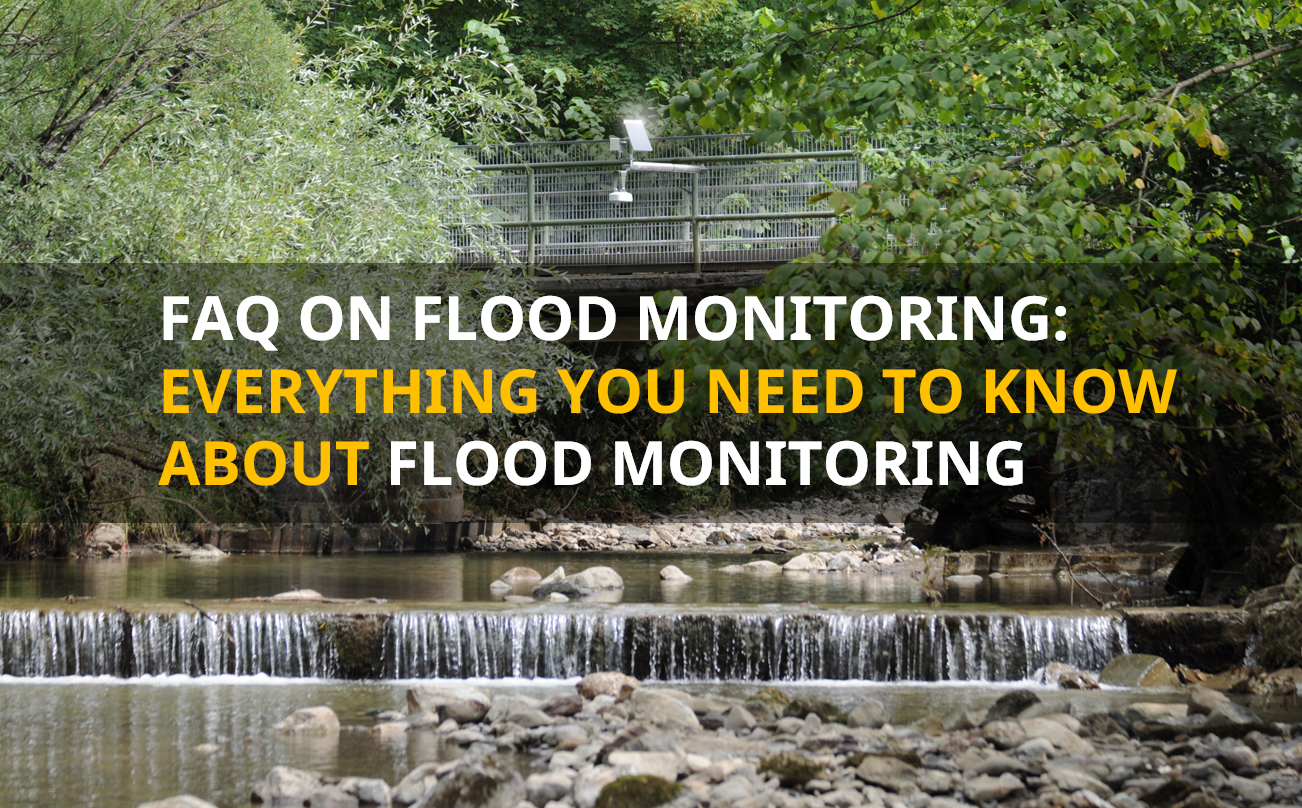Two letters and a number – CO2 is a combination that keeps the entire world on its toes. In a figurative sense, of course. In the following, we describe how CO2 is not only a major polluter and reason for climate change. It can also be of significant use for all of us, when used in huge quantities.
 (Photo-Credit: arquiplay77 by Fotolia.com)
(Photo-Credit: arquiplay77 by Fotolia.com)
Two letters and a number – CO2 is a combination that keeps the entire world on its toes. In a figurative sense, of course. In the following, we describe how CO2 is not only a major polluter and reason for climate change. It can also be of significant use for all of us, when used in huge quantities.
There is hardly any other gas that has come to the attention of people – even of those not professionally involved in the matter – as much as CO2. It gained notoriety in the course of discussions about climate warming and in fact CO2 plays a significant part when it comes to the possibly biggest challenge of mankind. Every child has heard before that CO2 plays an important role in the change of our climate. CO2 or carbon dioxide is the most important greenhouse gas.
Are we all climate killers?
Carbon dioxide was one of the first gases defined as such, apart from air. It was the Flemish chemist Johan Baptista van Helmont, who first realized that the mass of charcoal declined in the process of burning. From that he concluded that the rest of the charcoal must have turned into an invisible substance that he called gas or “spiritus sylvestre” (wild spirit). The process that van Helmont observed over two hundred years ago has always been a major cause of the greenhouse effect and is, since the beginning of industrialisation, responsible for the gradual climate change. The amount of anthropogenic (man-induced) carbon dioxide emissions range about 36.6 giga tons per annum.[1]
Of course this sounds like a huge quantity. However, we must also count in the natural carbon dioxide emissions and those ranged around 550 giga tons in 2001, which is more than fifteen times as much. Does that mean that people are not responsible for the climate change after all? The answer to this must be: yes and no. Before human interference put an end to it, earth had found a natural balance. The major amount of natural emissions was re-absorbed by the surface of the earth, partly by the biosphere and partly by the oceans. As a result, the carbon dioxide concentration on our planet was rather constant until the beginning of industrialisation.
Man-made progress is the reason that we now produce much more carbon dioxide than our planet can re-absorb. This leads to an acidification of the oceans and to the well-known greenhouse effect.[2] The excess production of carbon dioxide has a share of 60% in the increase of the greenhouse effect1.
What CO2 can do as well
Apart from the obviously negative effects on the world climate, CO2 does also have useful qualities. For visitors of rock concerts, for instance, carbon dioxide holds a very popular special effect. At -78.5 °C, it turns into the well-known carbon dioxide snow or dry ice that is used for a foggy atmosphere on stage. Carbon dioxide can be bought at low costs, it is non-inflammable and it makes good raw material for chemical syntheses. Gourmets know carbon dioxide for yet another positive feature: in form of sparkling bubbles, it stimulates our gustatory senses and has a refreshing effect. We enjoy this effect in beer or in sparkling wine, where it is produced in the process of natural fermentation.
In case you happen to set your fondue set on fire during a nice dinner with friends, you are lucky to have carbon dioxide in your house as well: in your fire extinguisher. It also comes in all kitchen equipment that helps keep your food and drinks cool, like refrigerators and ice boxes. As you can see, carbon dioxide also has many positive effects.
Always good to know what is coming
There is no doubt that, due to the influence of mankind, the carbon dioxide emission has significant effects on our climate and, in the course of that, on our weather. Weather forecasts in the classical sense become more and more difficult; seasons do not show their typical features like they did one hundred or even fifty years ago. Climate zones are shifting. Even in what used to be moderate climate zones we can now observe increasingly extreme weather conditions. That is why the continuing collection of weather and climate data is essential for useful forecasts. For this purpose, LUFFT offers a whole range of measuring instruments that analyse and record weather conditions in agriculture, on roads and in the mountains to make them more predictable. This is how LUFFT creates weather security in insecure times.
__________________________
[1] CO2 – Kreislauf Intergovernmental Panle on Climate Change: Climate Change 2001 IPCC This Assessment Report 2001
[2] Meehl, Gerald A., Warren M. Washington, Caspar M. Ammann (2004): Combinations of Naturla and Anthropogenic Forcings in Twentieth Century Climate, in: Journal of Climate, Vol. 17, 1 Oktober.


